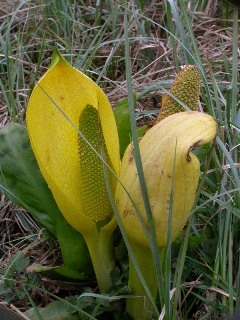Summary
The dawn chorus walk around the course on 19th May 2012 was somewhat let down by Mother Nature who conspired to produce a cool morning combined with a fresh NE wind and rain. However an intrepid band turned up in the clubhouse car park at 0600hrs and undaunted headed out onto the course. Although many birds were keeping their heads down the group were treated to the sounds of Blackcap, Whitethroat, Willow Warbler and Chiffchaff – all summer visitors to the course along with resident species such as Chaffinch, Goldfinch and Pied Wagtail. A retreat to the clubhouse as the weather worsened was rewarded with the sight of and excellent breakfast spread and three Wheatear feeding on the edge of the 18th fairway just outside the window. Breakfast included yogurt, fruit salad, fruit juice, toast and croissants, but the bacon butties stole the show.
Typically, next day dawned fine and dry and an afternoon visit provided two further new species for the course with Spotted Flycatcher and Garden Warbler in the woodland along the northern edge where a Roe Deer was flushed from the scrub alongside the 13th hole. A check on the nest boxes erected earlier in the year revealed both Blue Tit and Great Tit busily feeding young while two pairs of Tree Sparrow were also in residence. Also Robin, Blackbird and Magpie all provided evidence of confirmed breeding on the course.
Spotted Flycatcher and Garden Warbler
Birds List
Blackbird (2)
Blackcap (2)
Blue Tit (4)
Carrion Crow (2)
Chaffinch (5)
Chiffchaff (1)
Dunnock (4)
Garden Warbler (1)
Goldfinch (4)
Great Tit (2)
Greylag Goose (1)
Herring Gull (7)
House Sparrow (5)
Jackdaw (12)
Lesser Black-backed Gull (3)
Lesser Redpoll (2)
Magpie (2)
Mallard (1)
Pied Wagtail (1)
Robin (2)
Rook (25)
Skylark (1)
Spotted Flycatcher (1)
Starling (100)
Swallow (1)
Tree Sparrow (4)
Wheatear (3)
Whitethroat (4)
Willow Warbler (1)
Woodpigeon (3)
Wren (2)












